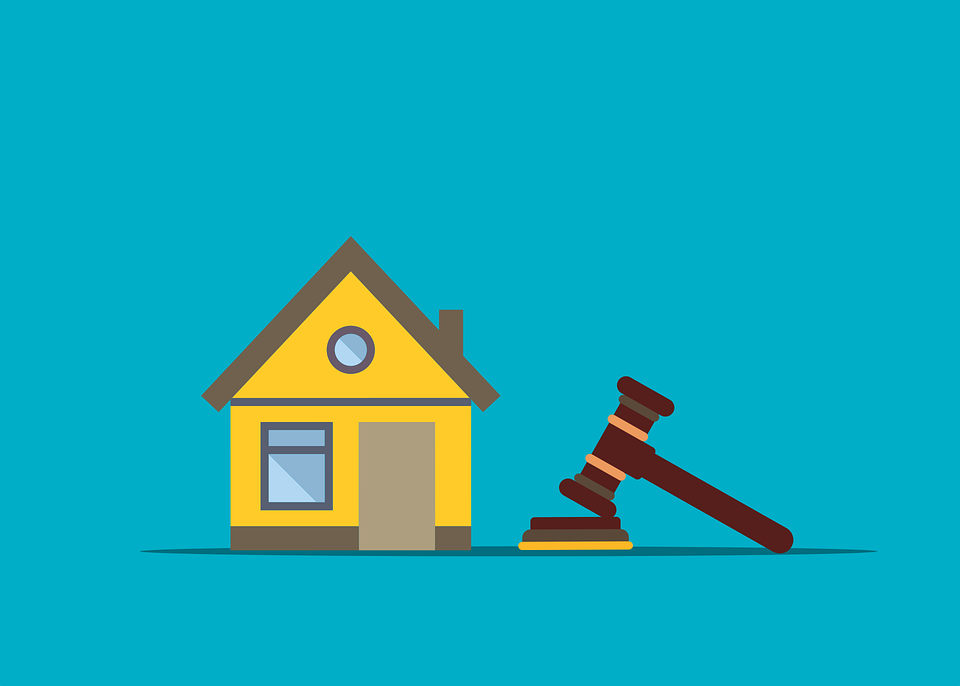How to Get Out of Undivided Ownership
Summary
– Ways to get out of undivided ownership
– Rules for leaving undivided ownership
– Getting out of undivided ownership: the particular case of undivided succession
Ways to get out of indivision
There are 3 ways to end indivision: the sale of the undivided property, the sharing of the undivided property or the sale of the shares of a co-divider in the indivision.
Sale of the undivided property
– The co-divisors put the property up for sale and then share the proceeds of the sale in proportion to their respective shares in the undivided property.
– The sale automatically brings the indivision to an end.
Sharing of the undivided property
– The co-divisors divide the property between them, each being allocated a lot of a value corresponding to his or her share in the undivided property; from then on, each is the sole owner of the property allocated to him or her.
– If the property cannot be divided into lots of a value corresponding to the respective shares of the co-divisors, the one who receives a lot of lesser value than his or her shares in the undivided property may request compensation called a “balance”, from the other co-divisors.
Sale of the shares of a co-divider in undivided ownership
A co-divisor may wish to leave the undivided property alone.
– In this case, he can put his shares in the undivided property up for sale alone, the other co-divisors having a right of pre-emption on the said shares. The other co-owners remain undivided ownership among themselves or a third party.
– However, it is rare for a third party to buy shares in an undivided interest since the third party then finds himself making joint decisions with people he does not know. This solution, therefore, implies that the other co-divisors can buy back the shares of the person who wants to sell.
Note: if there are two co-divisors, the sale of one of the shares can lead to the end of the indivision if the seller’s shares are repurchased by the other co-divisor and not by a third party.
Important: the distribution of property rights on a property purchased in joint ownership is done
Rules for leaving indivision
The law provides that “no one is obliged to remain in indivision”: this rule allows the co-divisors to leave the indivision – a cumbersome legal situation – at any time and for any reason.
Important: if the co-divisors conclude a fixed-term indivision agreement, they are obliged to remain in the indivision for the entire duration of the agreement.
In concrete terms, the co-divisor who wishes to leave the undivided property will inform the other co-divisors of his decision. If they want to remain in the undivided property, they can buy the shares co-divisor who wishes to sell. If they do not have the financial means, they are obliged to end the undivided property. In these conditions, there are two solutions: the amicable way and the judicial way.
Amicable way
– The co-divisors agree on the principle and terms of the sharing or selling of the undivided property.
– In this case, the co-divisors proceed to the sale or sharing; the operation nevertheless requires a written document, the liquidation act, drawn up by a notary.
Judicial way
– The co-divisors disagree on the principle and the modalities of sharing or selling the undivided property.
– In this case, any of the co-divisors may bring their claim before the judicial court (formerly the High Court); the judge may:
◦ impose the maintenance in the undivided property for a maximum period of 5 years if the interest of one of the co-divisors justifies it;
◦ proceed with the sharing of the lots by drawing lots;
◦ if the sharing is impossible, the judge may order the licitation of undivided property: the property is put up for sale by auction.
Namely: the judicial way is long and expensive, so it is better to avoid it if possible; if an agreement is reached between the co-divisors during the judicial procedure, the co-divisors can end it and return to the amicable way.
Getting out of undivided ownership: the particular case of undivided succession

After the death of both parents, the heirs find themselves together as owners of an estate. However, this indivision is not always easy to manage. The law specifies that “no one can be forced to remain in joint ownership” and provides several solutions.
Getting out of undivided ownership of an estate: buying back a share
The first solution for an undivided co-owner of a succession who does not wish to remain in indivision is to transfer his claim to the other heirs. In this case, the indivision is maintained between all the undivided co-owners, and the outgoing heir is no longer concerned with the management of the property he has inherited.
The sale of a property to the other heirs is called an “auction” in notarial law. If it concerns real estate, the deed must be signed before a notary because it must be published.
The law gives the heirs a right of pre-emption on the share that the outgoing heir declares he wants to sell to protect the heirs. Even if, in practice, this remains exceptional, it is also possible to sell one’s rights to a third party rather than to one’s siblings, the third party then entering into undivided ownership with the siblings of the outgoing joint owner. Suppose an undivided co-owner wishes to sell his share to a third party. In that case, the outgoing heir must notify the other undivided co-owners, by a bailiff, of the prospective buyer’s name, domicile, and profession. Within one month of this notification, any undivided co-owner may inform the outgoing co-owner, by bailiff’s writ, that he wishes to exercise his right of pre-emption at the notified price and conditions. The deed of sale must then be signed within 2 months of sending the reply. If this procedure is not followed, the sale may be cancelled. When several undivided co-owners exercise their right of pre-emption, they are deemed to acquire together with the share of the outgoing heir, each in proportion to their rights in the undivided property.
Leaving undivided ownership of the estate: amicable sharing of property

If the indivision concerns several assets, it is possible to propose an amicable sharing of the estate. This operation, which consists in dividing the assets between the undivided co-owners in proportion to their rights in the indivision, requires the agreement of all the parties on principle and terms of the sharing.
The amicable sharing must be done in the presence of all the undivided co-owners. However, suppose one of them is subject to a legal protection measure (guardianship, curatorship). If he is unable to express his will or if he is a minor, the sharing must then be authorized by the guardianship judge.
Before officially proceeding with the division, the assets must be evaluated. Then, they are assigned to each of the undivided heirs according to their rights in the estate. If an undivided co-owner receives property worth more than his or her rights, he or she must pay the others financial compensation: this compensation is called a “balance”.
A notary is required as soon as real estate is included in the joint ownership. The notary must draw up a liquidation deed, which determines the share of each of the undivided heirs and how it is attributed.
Getting out of undivided ownership of the estate: judicial division of property

This refers to the hypothesis of a disagreement or a disagreement on the property’s value to be shared. In this case, a judicial partition must be carried out, and it is the judicial court of the place where the succession was opened that has jurisdiction. This procedure requires the assistance of a lawyer.
– The undivided heir must file a writ of summons with the competent court, which will then be sent by a bailiff to the other undivided co-owners, together with a summary description of the property to be divided.
– The summons must indicate why an amicable solution could not be reached: in practice, the notary draws up a report of the difficulties, which gives the judge a clear view of the situation.
– The court then appoints a new notary, who will be in charge of the liquidation and sharing operations of the undivided property. This public officer is often appointed ex officio by the judge in case of disagreement between the undivided co-owners. When the inheritance is difficult to share, the operation may require the sale of the undivided property by auction: this is often the case in practice when the sharing concerns real estate.
It still happens at this stage that one of the co-owners refuses to proceed with the sale. In this case, the notary assigned to the judicial partition operations draws up a report of difficulties which will be transmitted to a judge. Based on the report, the latter draws up a report intended for the court, proposing to proceed
– either the preferential allocation of the property: the judge allocates the property to an heir who wishes to do so, on the condition that he pays a balance to the others;
– or to sell the property by auction at the court’s bar. After the sale, the notary draws up the liquidation deed indicating the sale price distribution among the heirs.



